AI Answer Evaluation Platform Live Now. Try Free Answer Evaluation Now

Paranthropus
Paranthropus is a genus of extinct hominins that lived in Africa roughly between 2.7 and 1.0 million years ago.
+91-7303290503, +91-9557169661 | MON to SUN 10:00 AM - 6:00 PM
Primatology is the scientific study of primates, including their biology, behavior, and evolution. This category covers topics such as primate anatomy, social structure, and communication, as well as the conservation of primate species and their habitats. From exploring the closest relatives of humans to understanding the complex social dynamics of primate societies, learn about the fascinating world of primates.

Paranthropus is a genus of extinct hominins that lived in Africa roughly between 2.7 and 1.0 million years ago.

Australopithecus is a genus of hominins that existed between approximately 4.2 and 1.2 million years ago. The name, which translates to 'southern ape',

Lucy’s fossil remains were unearthed on November 24, 1974, in the Hadar region of the Afar

The first fossil fragments attributed to Ramapithecus were discovered in 1932 by British paleontologist G. Edward Lewis in the Siwalik Hills of northern India.

Nicknamed “The Handy Man,” Homo habilis lived in Africa about 2.4 to 1.4 million years ago, bridging the gap between the more ape-like

The London Skull was discovered in 1989 by workers excavating the site for the London Bridge station. It's a human skull found in an unusually well-preserved state, suggesting an ancient date of origin. Radiocarbon dating suggests that the skull is approximately 5,600 years old, dating back to the Neolithic period.
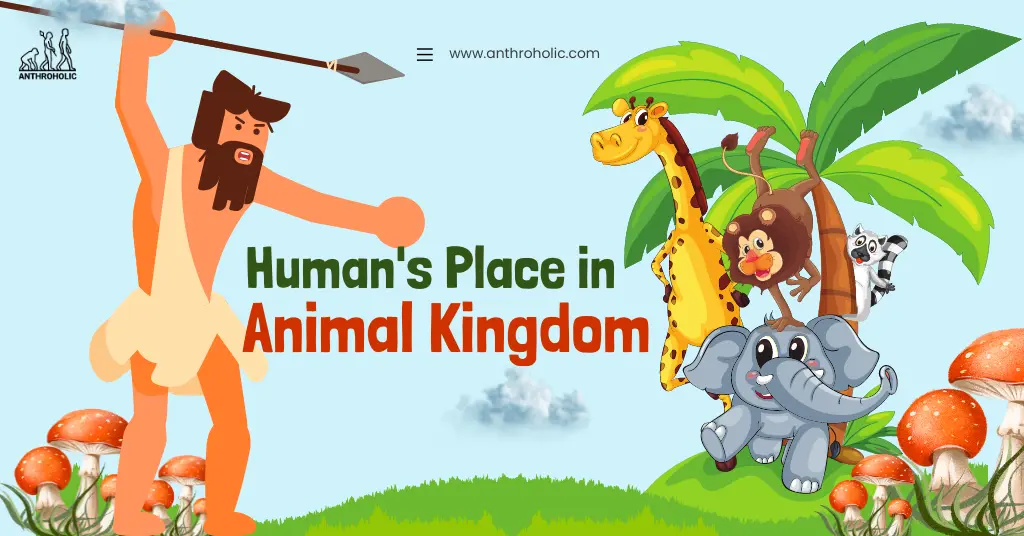
Human's place in animal kingdom is determined by the biological classification system called taxonomy. Human beings, often considered a unique entity due to our complex intellectual capabilities and cultural systems, belong to the vast and diverse animal kingdom

Orangutans, known for their distinctive red fur and intelligent behavior, are among the most fascinating primates on earth. These great apes are primarily found in the rainforests of Borneo and Sumatra, providing a unique perspective into primate behavior and evolution.
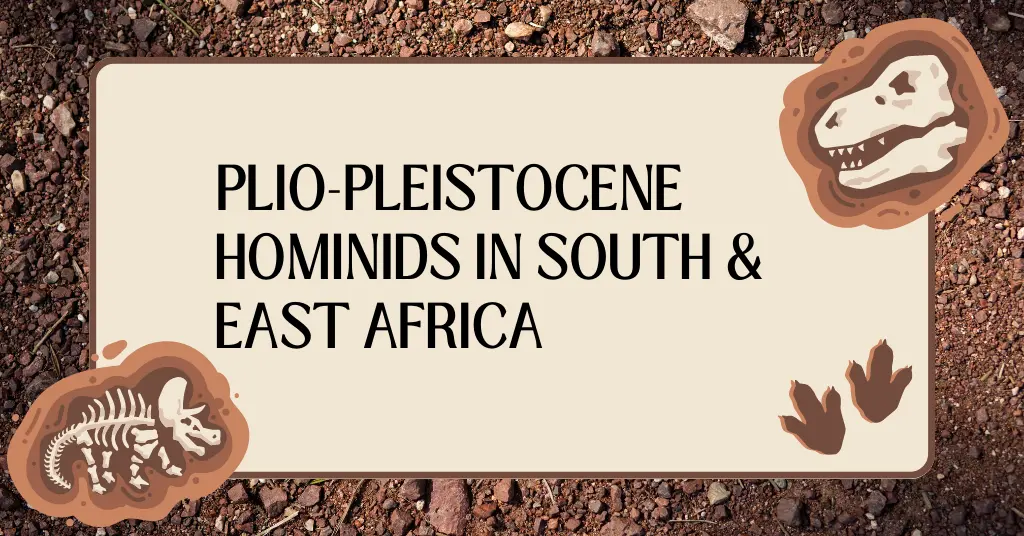
Some of the most iconic Plio-Pleistocene hominids fossils have been discovered in regions such as the Great Rift Valley, Olduvai Gorge, and Sterkfontein.
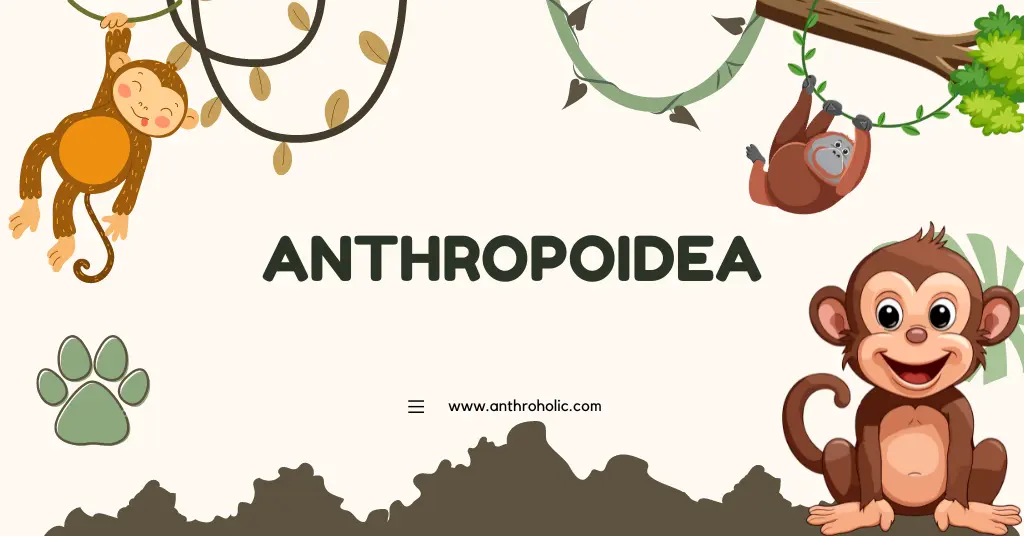
Formerly classified as anthropoids or anthropoid apes, the New World monkey, Old World monkey, and apes, including humans, made up the taxonomic suborder Anthropoidea. Tarsiers and other members of this group are now included in the suborder Haplorhini.
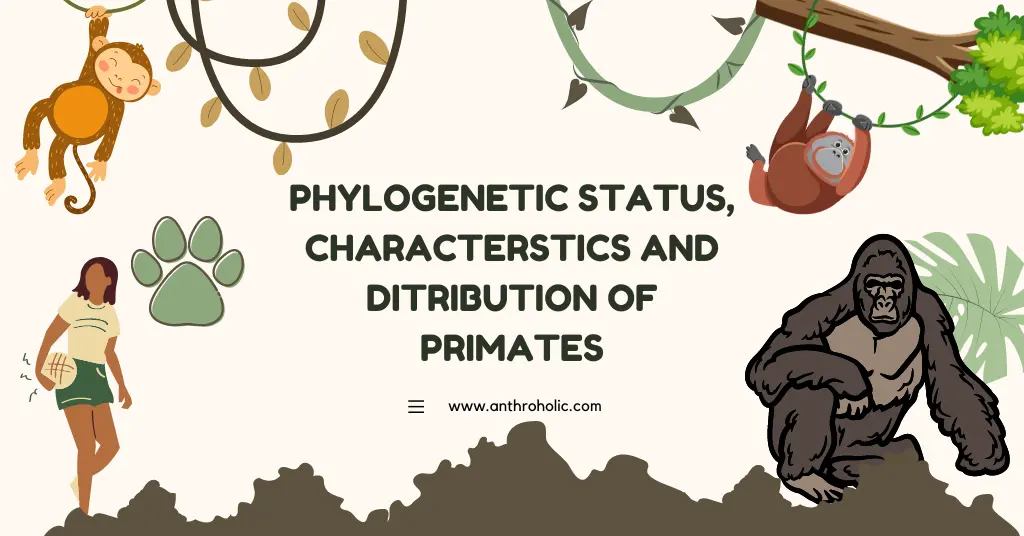
Primates, constituting an essential group of mammals, have piqued scientific curiosity due to their remarkable diversity, unique characteristics, and, particularly, their close genetic ties to humans.
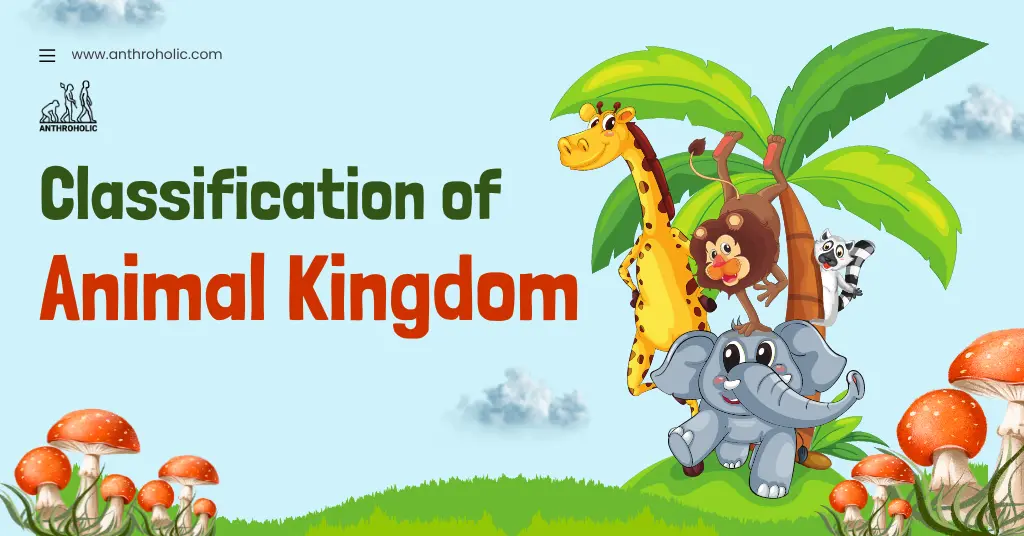
The classification of the animal kingdom has journeyed from simple, observation-based categorization to sophisticated, data-driven systems reflecting evolutionary relationships.